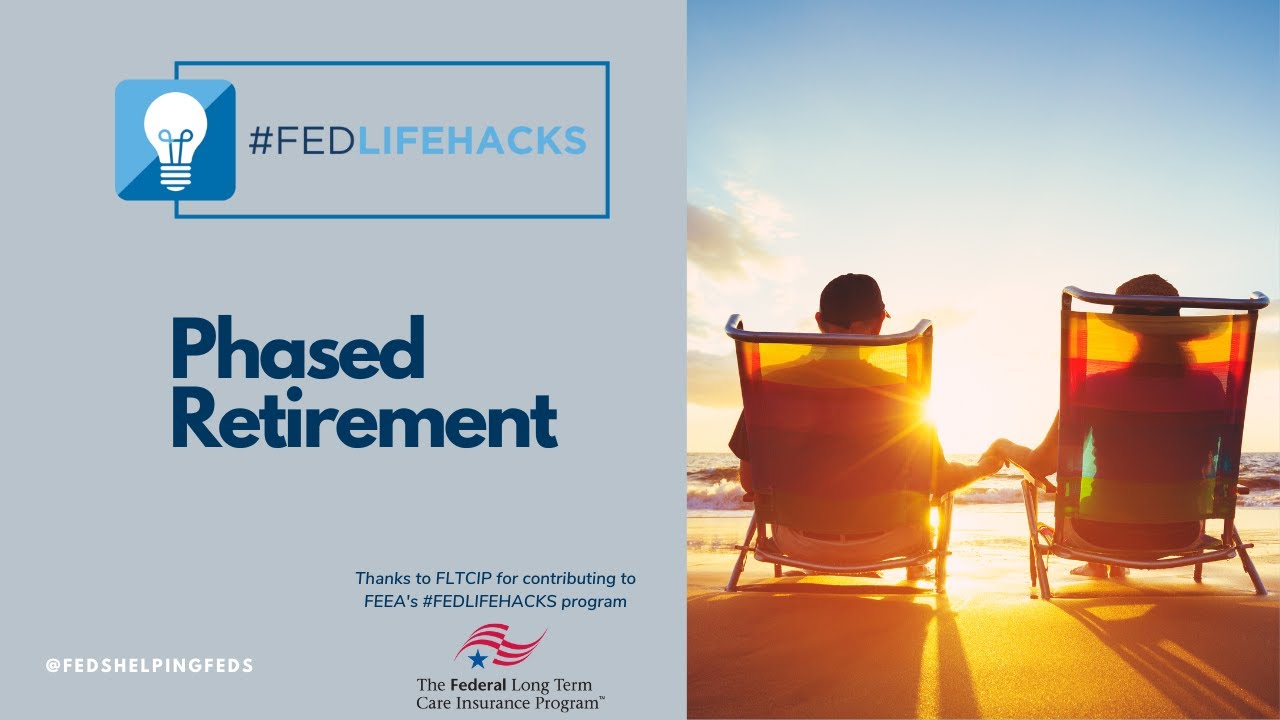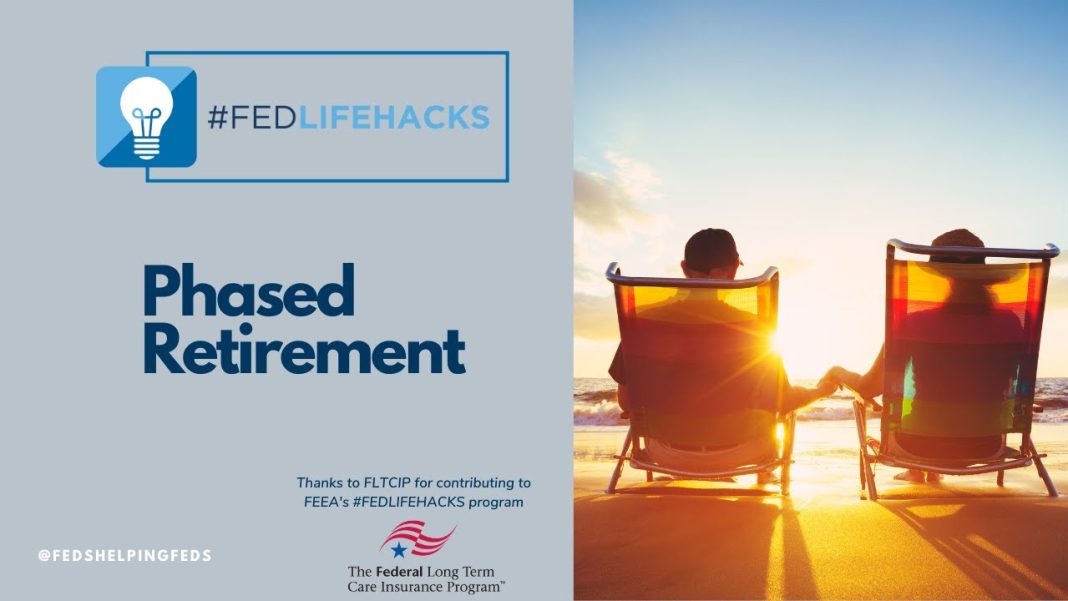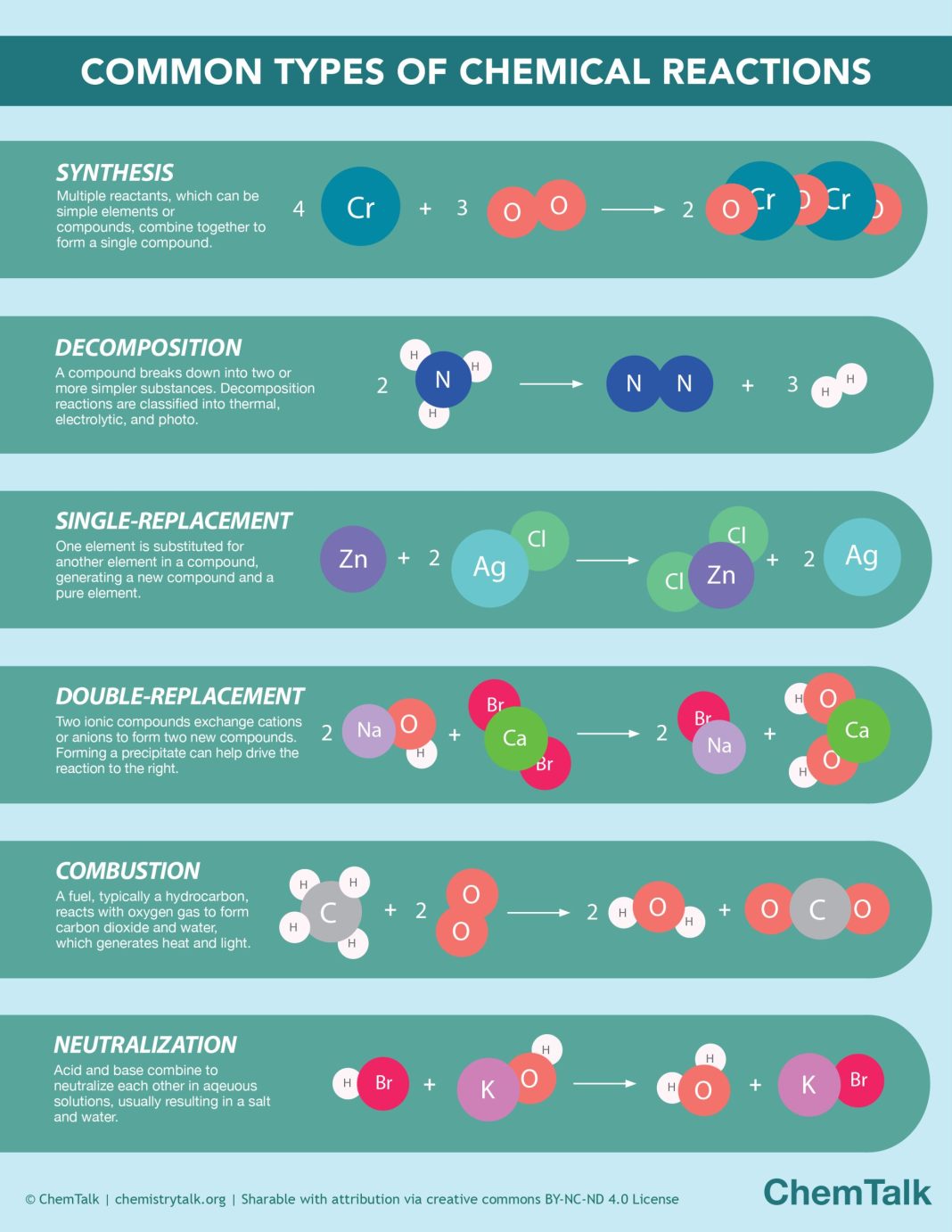 Phased Retirement: Finding the Perfect Balance for a Secure Future
Phased Retirement: Finding the Perfect Balance for a Secure Future
Introduction:
Retirement is a milestone that many people eagerly anticipate after years of hard work. However, completely stopping work can be a challenging transition, especially for those who still enjoy certain aspects of their job. This is where phased retirement comes into play. By gradually reducing hours or shifting to part-time work, individuals can strike a balance between staying active and enjoying their newfound freedom. Not only does phased retirement provide a sense of purpose, but it can also significantly impact one’s financial security in retirement.
The Popularity of Phased Retirement:
According to a survey by Principal Financial, more than half of workers expressed a desire to gradually reduce their hours before fully retiring. This trend reflects the growing appeal of flexible retirement options. Phased retirement can take various forms depending on individual preferences and circumstances. Some individuals choose to retire from their full-time job and engage in consulting or contract work in their field of expertise. Others explore entirely new career paths, such as taking up part-time positions with non-profit organizations or pursuing flexible gig work.
Benefits of Phased Retirement:
For those who opt to continue working part-time for their longtime employer, there can be additional advantages. In some cases, these individuals may still receive health insurance coverage, participate in a 401(k) plan, and enjoy other benefits if they meet the required weekly hour threshold. Judith Ward, a certified financial planner with T. Rowe Price, highlights the value that long-tenured, loyal employees bring to companies. As a result, many organizations are embracing phased retirement to retain the institutional knowledge these employees possess.
A Personal Perspective:
Judith Ward, having spent years helping clients prepare for retirement, found herself grappling with the uncertainty of her own future as she approached age 60. Uncertain about her next steps, Ward chose to explore phased retirement as an option. She discovered that by working at least 20 hours per week, she could still qualify for employee health insurance and continue saving in her company’s 401(k) plan. Last October, she cut back to working 2½ days each week, a decision that brought her immense satisfaction. Ward remarks, “It’s more comfortable to work longer in this way than with the grind of full-time work.”
Approaching Your Employer:
For those considering phased retirement, it is crucial to approach their employers well in advance. By initiating conversations early, individuals have a better chance of negotiating terms that align with their preferences. It is essential to have a well-thought-out plan and be prepared to explain how working part-time can continue to add value to the company. If the employer is not enthusiastic about the idea, this provides ample time to consider alternatives or explore networking opportunities. Judith Ward advises considering the entire year to plan accordingly.
Considering the Impact on Benefits:
Before embarking on phased retirement, it is advisable to consult with the human resources department to understand the implications for benefits, such as health insurance coverage. Being aware of any potential changes or limitations can help individuals make informed decisions about their retirement strategy.
Conclusion:
Phased retirement offers a valuable middle ground between full-time work and complete retirement. This flexible approach not only allows individuals to maintain a sense of purpose but also enhances their financial security in retirement. As the desire for phased retirement continues to grow, it is important for individuals to communicate their intentions early and thoughtfully negotiate the terms with their employers. By taking these steps and being well-informed about the impact on benefits, individuals can embark on a phased retirement journey that aligns with their goals and aspirations for the future.


